While many learn to bake at an early age standing by their grandmother’s hip, I didn’t learn to bake a great easy pie crust recipe until I was in my fifties.
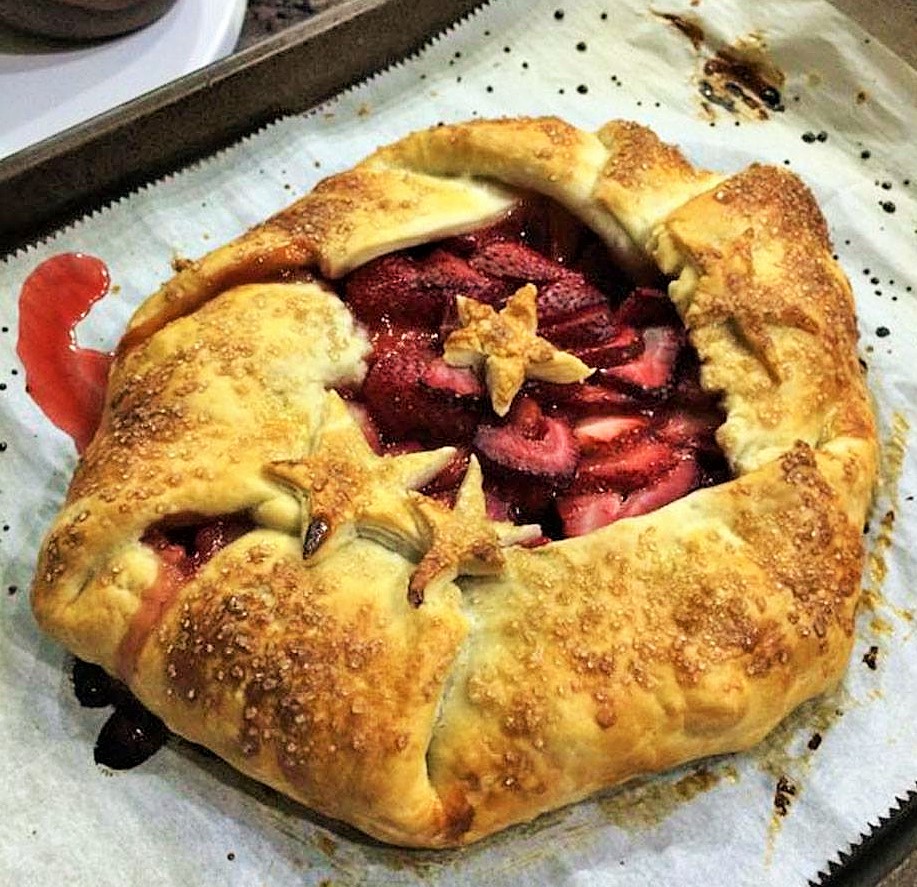 I guess I could be considered a slow learner. Some in the food world might consider this unfathomable.
I guess I could be considered a slow learner. Some in the food world might consider this unfathomable.
While I didn’t have the privilege of enjoying my grandparents, for baking or anything else, I did learn a little in the kitchen from my parents. Dad taught me to scramble eggs slowly, and mom allowed me snip dates and sift flour when she baked her annual Date & Nut Bread for the holidays. Mostly, my older siblings taught me to cook for survival—pots of chili, spaghetti with red sauce, tuna noodle casserole. Pie wasn’t on the menu in my house growing up.
And so early on, I fought home economies. In the seventh grade, during class introductions, my teacher, a beautiful woman with dark hair and slim figure nicknamed me “Pinky” because of the pink tone in my pale skin. Embarrassed by the attention, or the frustration of her wanting to tag me with a nickname instead of calling me Maureen (although there were two other Maureen’s in my class), I fled to the boy’s counterpart class, power and electric, where burned wire and sharp language filled the afternoons, instead of the sweet aroma of rising yeast and sugary cakes. This when feminism and women’s liberation were in full swing. I exercised my right as a woman with a choice by fleeing the basics of how to sew a hem and bake a pie crust.
But my not wanting to learn to bake pie wasn’t just economics or politics.
I didn’t have the desire to learn. As a teen, I’d fought with an extra twenty pounds off and on through high school and into college. Eating pie was off limits. It’s not worth the calories.
In my twenties, I was too busy swimming and rollerblading, traveling and slinging bacon and eggs to bother with learning how to bake a pie. In my thirties, I worked as a food broker and sold Sara Lee pies. But those were frozen ready to bake out of the cardboard box kind of pies. I only had to show the client how to prevent the crust from burning (with a pie crust shield) and how to properly slice and serve. Yes, there is such a job.
 Fast forward to Kentucky present day.
Fast forward to Kentucky present day.
When I was in my early 50s, I moved to Madisonville, a small rural town in western Kentucky, land of horses, hoops, bourbon and all things biscuits and pork. Once again, I found myself in unfamiliar territory. But with time on my hands, I discovered a craving for all things sweet that I swear comes to all who are middle age. Maybe it’s that time when you realize you’ve made it halfway through life and a few biscuits and strawberry pies won’t kill you. I wanted to learn to bake a pie worth bragging about. I began to bake bread from an organic sourdough starter. Next came buttermilk biscuits. Eventually, I graduated to pie.
Great flaky pie crust comes from experience, a light touch, and quality ingredients.
Like the silky soft texture of fine flour, the rich and creamy tang of buttermilk, and no shortage of full-fat frozen butter. Add a solid technique. Combined all play a critical role in the great pie crust recipe process.
When I finally decided to write about learning how to bake a pie, I was a month shy of my 55th birthday. At a dinner party on vacation in Orlando, the topic turned to pies. Someone mentioned loving the photos of the galettes on my blog. And I couldn’t resist sharing how I learned to bake the flakiest pie crust.
I met Jordan Hamons, The Hungry Traveler, online through the Kentucky Food Bloggers Facebook page. Jordan is an adorable young pastry chef with a penchant for travel. Her photos make me feel like as though I can bake anything! Then I read her recipe for pie crust. It was there I learned about fraisage, the French term for smearing the butter into the flour with the heel of your hand.
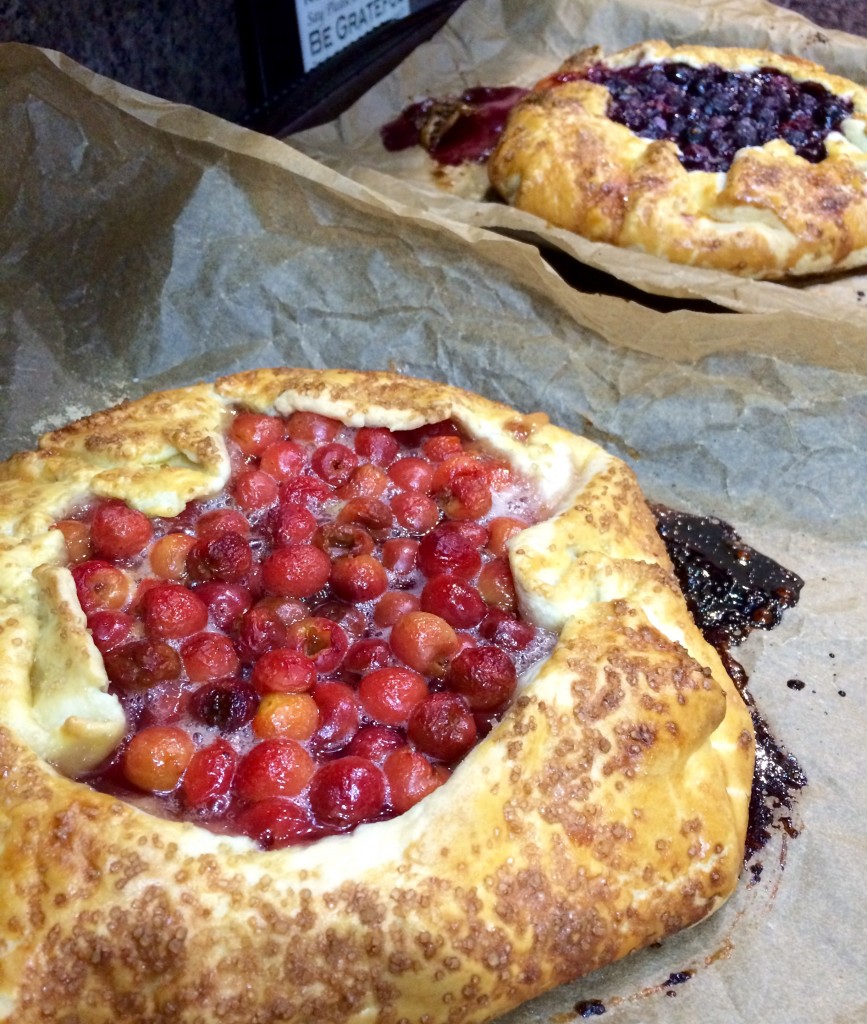 Enter heavenly, can’t get enough, perfect for any occasion pies.
Enter heavenly, can’t get enough, perfect for any occasion pies.
Finally, I leaned into baking pies.
Now I feel proud. Accomplished. Not that awkward shy twelve-year-old girl.
Get the recipe for The Hungry Traveler’s All Butter Pie Crust, adapted from Zingerman’s Bakehouse Recipe.
Bakers notes:
On technique: The key to a flakey pie crust is what the French call fraisage, smearing the butter into the flour with the heel of your hand. You can find the fraisage technique on The Hungry Traveler. Here’s a quick video on the fraisage technique from Fine Cooking.
On style: I prefer the rough, freeform one-crust pies, called galettes or cottage pies, over the traditional two-crust pies. I think the former suites my personality. Plus it’s quicker and more forgiving. But feel free to bake however your heart desires. Jordan’s recipe yields 2 pie crusts.
On flour: I have used several types of flours to make a crust. My fav’s (this is not product endorsement) White Lily All-Purpose, Bob’s Red Mill pastry flour, King Author cake four. The key to all of these flours is their silky, soft, light texture. I don’t sift my flour, but I do whisk the dry ingredients.
On filling the crust: Before I place the fruit on the pie crust, I smear a tablespoon of orange marmalade across the surface of the center of the crust and sprinkle a tablespoon or two of plain panko breadcrumbs over the marmalade to help absorb the juice from the fruit. Then I add the fruit. I use whatever fruit is in season, or whatever I have in the freezer. Great combos include blueberry, raspberry, strawberry, or peach and raspberry, or pear and apple. The combinations are endless. For more savory galettes, try spinach and fig with Parmesan Reggiano, or tomato, eggplant and herbs or smoked salmon, asparagus, and egg.
What’s your favorite pie recipe? Got a pie crust secret that was handed down, or something you learned by trial and error? Leave a reply, shoot me an email or tweet me!
Feel free to share this post and spread the pie love. Because life’s too short to eat bad pie!
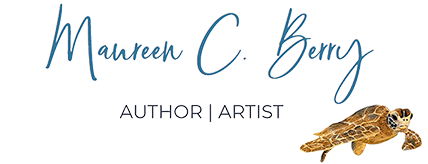

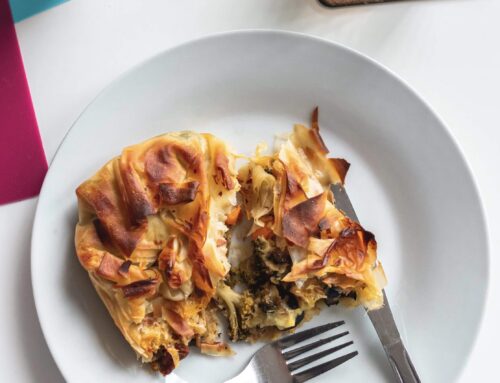




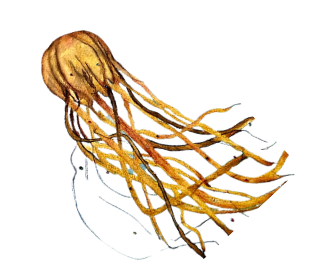

Hi Maureen, thank you so much for sharing my recipe. I loved reading your story about how pie baking came into your life. You are a natural because your galettes and tarts look gorgeous!!!